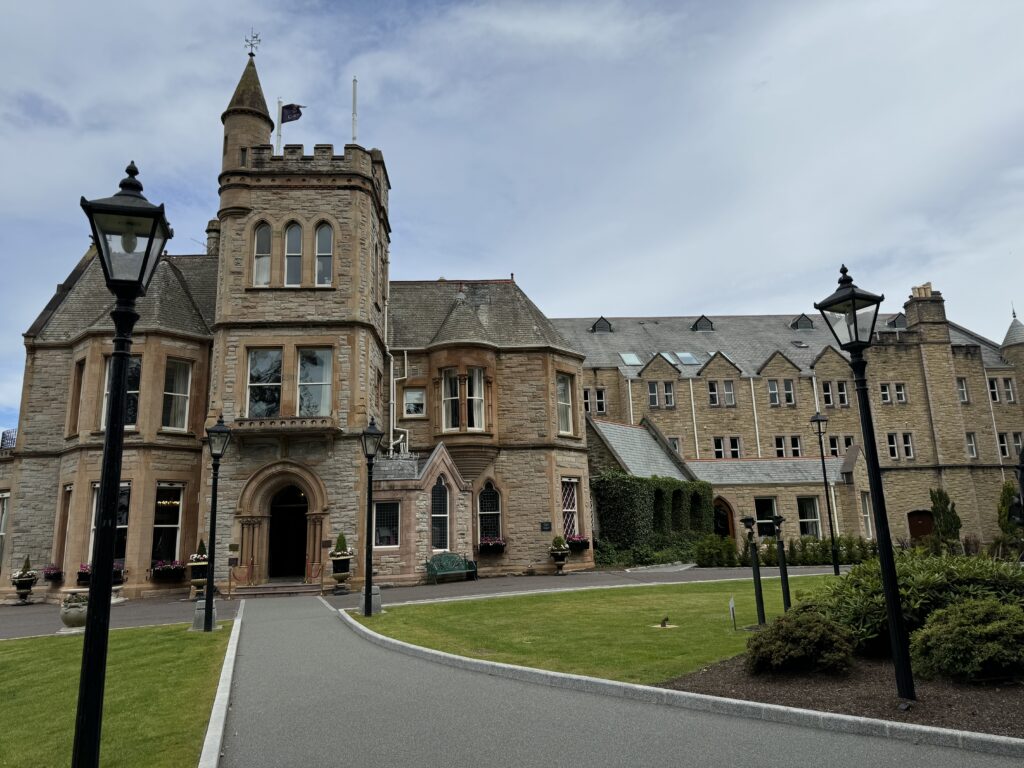
Ireland-Scotland Travel Devotional – Day 3: Northern Ireland
Ireland-Scotland Travel Devotional – Day 3: Northern Ireland: It’s easy to speculate about why the Lord in His sovereignty allows

Ireland-Scotland Travel Devotional – Day 3: Northern Ireland: It’s easy to speculate about why the Lord in His sovereignty allows

Ireland-Scotland Travel Devotional Day – 2: Toronto. The Apostle Paul was adaptable. That is what he is saying to the

Ireland-Scotland Travel Devotional – Day 1: Travel does not always go as planned, but we on the GSB Team are

Jack Burke, Jr. Dies at 100. Yesterday was a sad day. Jack Burke, Jr, legendary professional golfer, instructor, Ryder Cup

The life of George Washington Carver was extraordinary. Born into slavery George Washington Carver was born in 1864, into slavery,
I don’t think I have ever published a reading list after one of our study tours, but this trip merits
On the flight home I watched a movie, Empire of Light. The movie takes place in a movie a theater
The women wanted to go wine-tasting but didn’t want to take the double decker bus with the commoners. There was
Canterbury is the Anglicans’ Rome, and it is where Christianity was reintroduced in 587 A.D. by Augustine (not of Hippo)
Our destination for the day was Rye. What is there in Rye related to the Christianization of England, you ask?
William the Conqueror was a devout Christian. He was married and faithful to one (Mathilda) woman, which is one of
Today we left Oxford for Brighton. through During dinner last night I planned how to pack the most King Alfred
Oxford is beautiful, as I have been reminded every day when I rise and look out our hotel window. But
The theme today was books and those who write them. I started in the Bodleian Library. I use the word
Alfred the Great (849 – 899 A.D.) is the only British monarch to attain the moniker, “the Great.” Alfred was
Today was the Sabbath, and we only planned a few items on our agenda. We walked to the Radcliffe Camera
Our study of the conversion of England to the kingdom of God has been moving in reverse order. We started
C.S. Lewis spent 29 years in Oxford, and although we had visited Oxford before, we had not fully explored the
We started our first day in England at Windsor Castle, which, none of us knew until we got there, was
Day 1 is always a travel day on GSB study tours. I usually focus on all the inconveniences of travel
Signup our newsletter to get update information, promotions and insight.